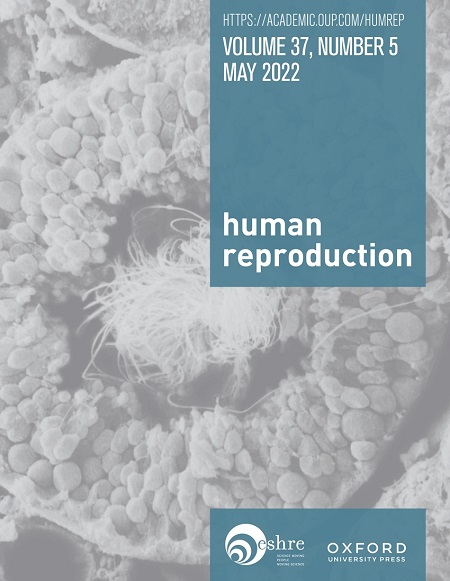基础模型:人工智能在ART中的下一个层次
IF 6.1
1区 医学
Q1 OBSTETRICS & GYNECOLOGY
引用次数: 0
摘要
传统上,抗逆转录病毒治疗中的人工智能(AI)在胚胎选择和精子分析等程序中采用狭窄的、特定任务的模型。虽然有效,但这些系统依赖于大量的手工注释和解决孤立的任务,而不是整合临床实践中产生的各种数据。最近,通过自我监督学习对大量异构数据集进行预训练的基础模型已经成为强大的多模态分析和决策支持的有前途的工具。本方向讨论了基础模型的技术基础,探讨了它们在抗逆转录病毒治疗中的潜在应用,并整合了最近的创新成果,展示了人工智能驱动的方法如何改善胚胎选择,实现精子表观遗传学诊断和个性化治疗方案。关键的挑战,包括数据质量、计算基础设施和监管问题,也将得到解决。本文章由计算机程序翻译,如有差异,请以英文原文为准。
Foundation models: the next level of AI in ART
Artificial intelligence (AI) in ART has traditionally employed narrow, task-specific models for procedures such as embryo selection and sperm analysis. Although effective, these systems depend on extensive manual annotation and address isolated tasks rather than integrating the diverse data generated in clinical practice. Recently, foundation models, pre-trained on vast, heterogeneous datasets via self-supervised learning, have emerged as promising tools for robust multimodal analysis and decision support. This Directions discusses the technical underpinnings of foundation models, explores their potential applications in ART, and integrates recent innovations that demonstrate how AI-driven methods can improve embryo selection, enable sperm epigenetics diagnostics, and personalize treatment protocols. Key challenges, including data quality, computational infrastructure, and regulatory issues, are also addressed.
求助全文
通过发布文献求助,成功后即可免费获取论文全文。
去求助
来源期刊

Human reproduction
医学-妇产科学
CiteScore
10.90
自引率
6.60%
发文量
1369
审稿时长
1 months
期刊介绍:
Human Reproduction features full-length, peer-reviewed papers reporting original research, concise clinical case reports, as well as opinions and debates on topical issues.
Papers published cover the clinical science and medical aspects of reproductive physiology, pathology and endocrinology; including andrology, gonad function, gametogenesis, fertilization, embryo development, implantation, early pregnancy, genetics, genetic diagnosis, oncology, infectious disease, surgery, contraception, infertility treatment, psychology, ethics and social issues.
 求助内容:
求助内容: 应助结果提醒方式:
应助结果提醒方式:


